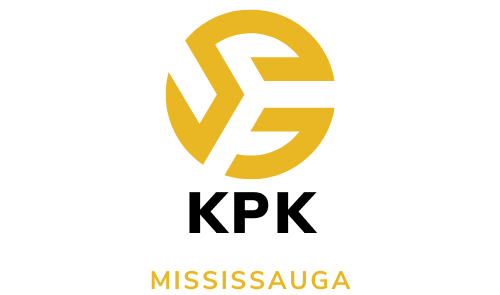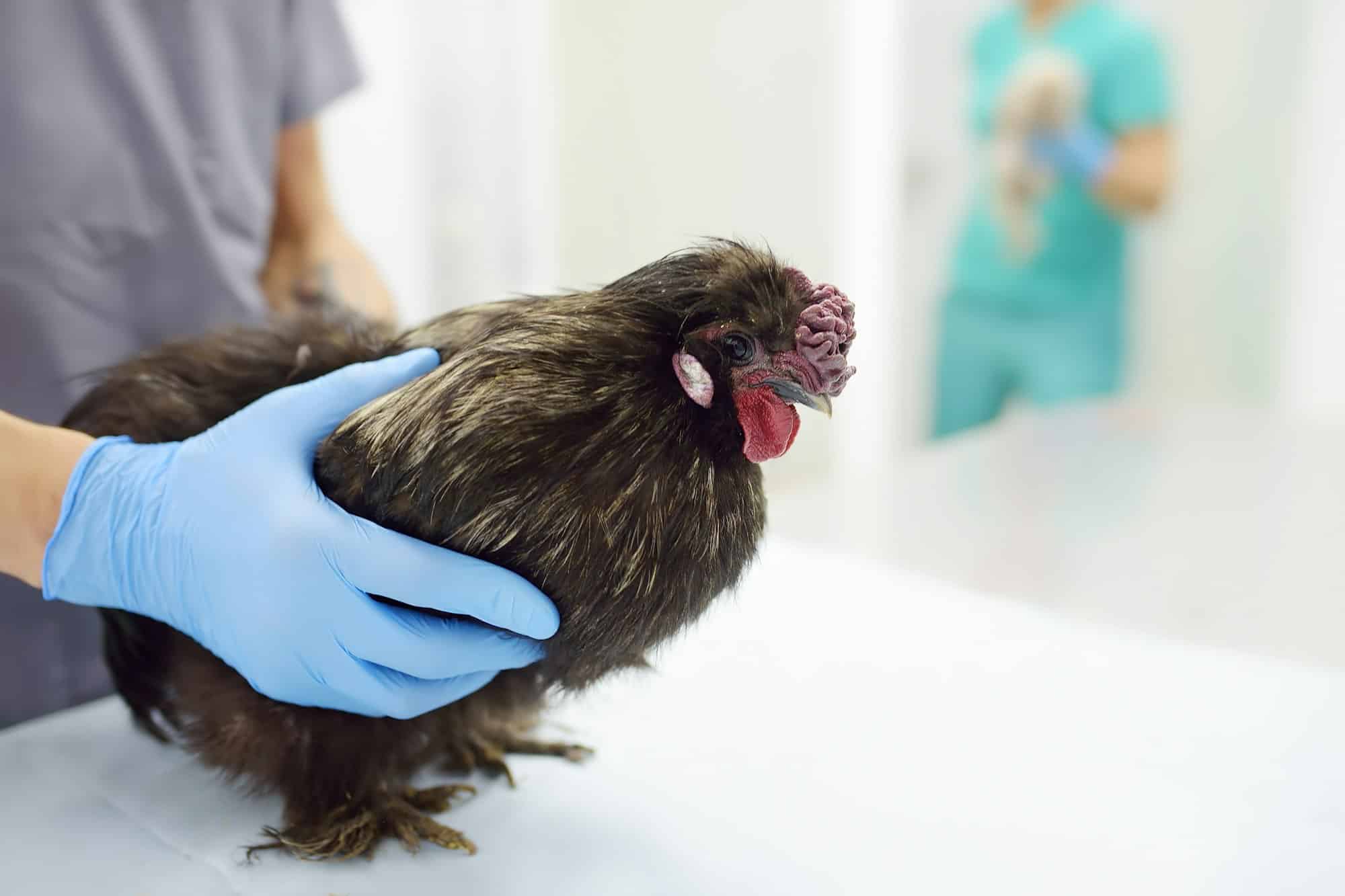Poultry diseases represent a major challenge for the poultry industry, given their considerable economic and health impact. The spread of these diseases can lead to significant financial losses and threaten global food security. Preventing and controlling poultry diseases has therefore become an absolute priority to ensure sustainable and responsible production. In this article, we look at the importance of preventing and controlling poultry diseases, as well as the strategies and technological innovations that are revolutionising the poultry sector.
The challenges of avian health
Avian health is a major issue for the poultry industry, as well as for public health and the environment.
Lire également : How can ai improve predictive maintenance in the manufacturing sector?
Main poultry diseases
Poultry diseases are varied and can have devastating consequences for bird health and poultry production. The most common diseases include avian influenza, Newcastle disease, coccidiosis and Marek’s disease.
Avian influenza is one of the most feared diseases because of its ability to spread rapidly and cause severe epidemics. Newcastle disease is also a viral infection that can cause major losses on poultry farms.
En parallèle : What is the role of ai in optimizing renewable energy production?
Coccidiosis is an intestinal parasitic disease that affects the digestive health of birds and reduces their growth and productivity. Finally, Marek’s disease affects birds’ nervous systems and can lead to paralysis and sudden death.
Economic and environmental consequences
As mentioned above, poultry diseases have considerable economic and environmental repercussions on the poultry sector. In economic terms, they lead to significant financial losses for poultry farmers. These losses can be due to bird mortality, reduced egg and meat production, and high treatment and prevention costs.
In environmental terms, avian diseases can also have harmful consequences. These include the contamination of soil and water by poultry waste, and the spread of disease to wild bird populations. All this can threaten biodiversity and the ecological balance.
Prevention as the cornerstone
Advances in prevention and control are radically transforming health management in poultry farming. It is therefore essential to take preventive measures to protect your poultry. These measures include vaccination and biosecurity strategies.
Vaccination programmes
Poultry vaccination is an important strategy in the fight against poultry diseases. Vaccination programmes aim to stimulate the birds’ immune systems so that they develop resistance to the pathogens that cause disease.
Vaccines are developed to specifically target the viruses, bacteria or parasites that cause the most common diseases. They can be administered orally, by injection or by spray, depending on the targeted disease and the characteristics of the birds.
Vaccination programmes must be carefully planned and implemented to ensure optimum protection of flocks. They must also be regularly reassessed and updated to take account of changes in virus strains or new emerging risks.
Biosecurity
Biosecurity plays an essential role in preventing avian diseases. It reduces the risks of introducing and spreading pathogens in poultry farms. Biosecurity measures comprise a series of practices and protocols.
These measures may include
- Setting up quarantine zones;
- Strict control of the entry and exit of personnel and equipment;
- Regular cleaning and disinfection of facilities;
- Close monitoring of bird health.
By adopting effective biosecurity measures, farmers can significantly reduce the risk of avian diseases and protect the health and welfare of their flocks.
Technological innovations and methodologies
There have been a number of technological innovations in the field of poultry disease diagnosis and flock health management.
New diagnostic technologies
Advances in poultry disease diagnostics have revolutionised the way farmers identify and monitor infections in their flocks. New diagnostic technologies offer faster, more accurate and more sensitive methods of detecting the presence of pathogens in birds. These include PCR tests, DNA analysis techniques and genetic sequencing tools.
Integrated health management solutions
Integrated flock health management solutions combine different methods and technologies to provide a holistic approach to avian health surveillance and management. These solutions can include the use of flock management software that allows farmers to monitor and analyse bird production, health and welfare data in real time.
They can also integrate sensors and connected monitoring devices to monitor environmental parameters in poultry facilities.
Impact on sustainable production
Implementing measures to prevent and control poultry diseases has a significant impact on improving productivity and animal welfare.
Improved productivity and quality
By reducing the incidence of disease, farmers can minimise production losses associated with bird morbidity and mortality. Better poultry health also means faster growth, improved feed conversion and better quality meat or eggs.
In addition, by reducing the use of antibiotics and other veterinary medicines, preventive practices help to safeguard public health by limiting the risk of the development of antimicrobial resistance.
Animal welfare and sustainability
Poultry health is closely linked to animal welfare and the sustainability of poultry production. Healthy flocks are more resistant to stress, which translates into better overall bird welfare. Animal welfare-friendly production practices also promote better health and natural behaviour in poultry.
It should also be noted that sustainable poultry production means reducing the environmental footprint of the farm. This means minimising the waste produced and optimising the use of resources.
Case studies and testimonials
The implementation of prevention strategies and innovations in the field of avian health has led to significant improvements in many concrete cases around the world.
One notable example is the PoultryPlus farm, which has adopted a proactive approach to biosecurity and vaccination. By implementing strict measures to control visitors, disinfect equipment and regularly monitor bird health, the farm has succeeded in significantly reducing the incidence of avian diseases.
This initiative has not only prevented economic losses due to poultry morbidity and mortality, but has also enhanced the farm’s reputation as a producer of high-quality poultry.
Another example is the introduction of new diagnostic technologies on a large-scale poultry farm. By using rapid, accurate tests to detect avian pathogens, the farm was able to quickly identify disease outbreaks and implement targeted control measures. This proactive approach limited the spread of disease and prevented significant losses.
Conclusion
There is no doubt that avian health plays an important role in the sustainability and responsibility of poultry production. Faced with the challenges posed by poultry diseases, it is essential to adopt a proactive approach based on prevention and control.
As a player in the poultry industry, you need to be actively involved in implementing best practice in poultry health. Adopt the latest innovations and incorporate effective preventive measures into your operations.











